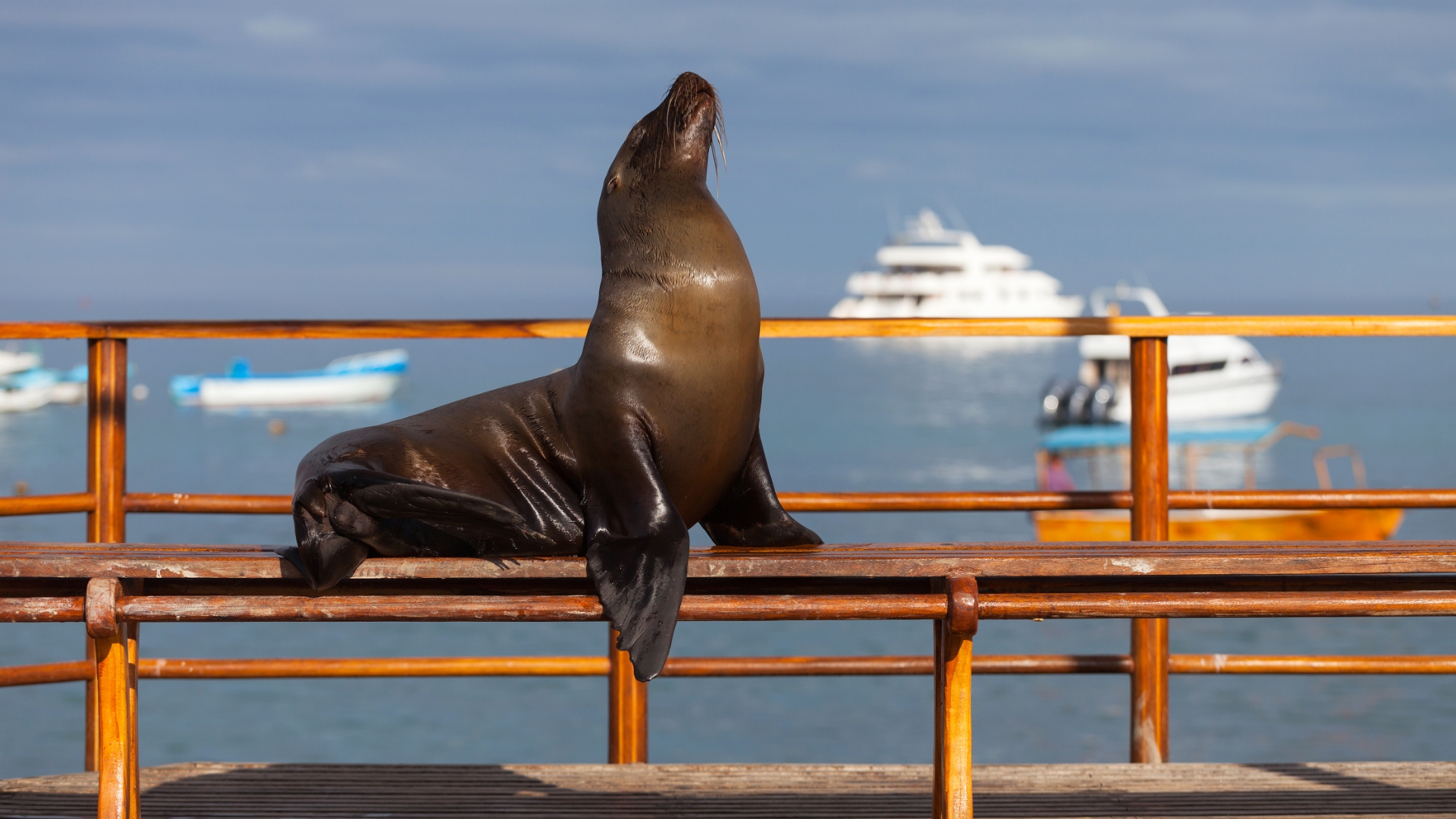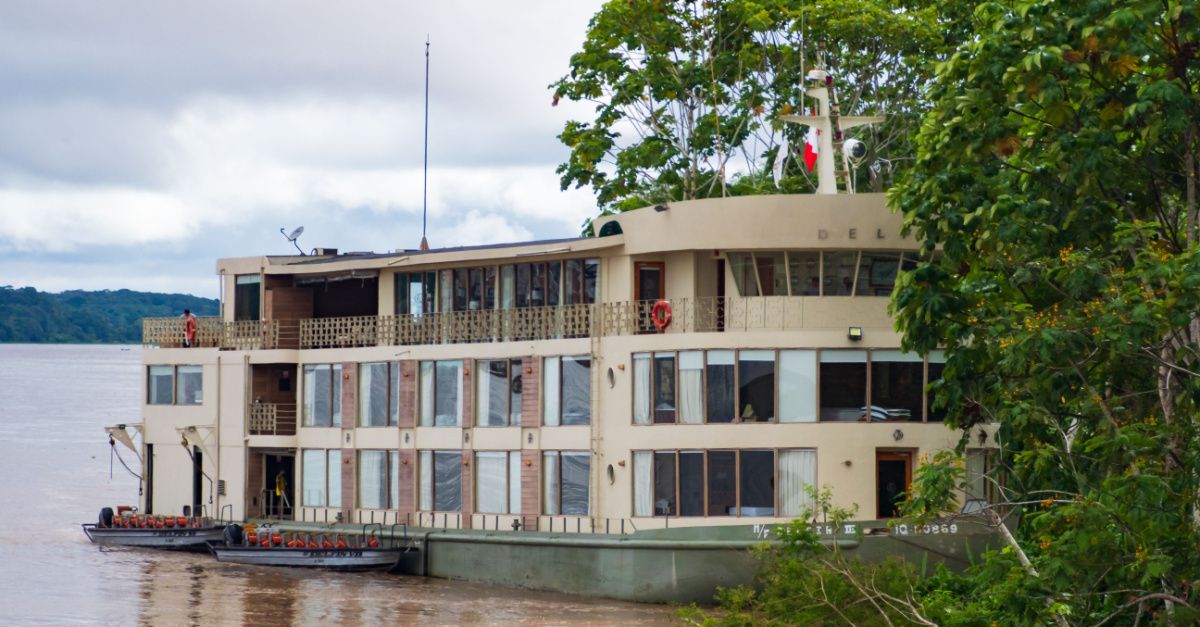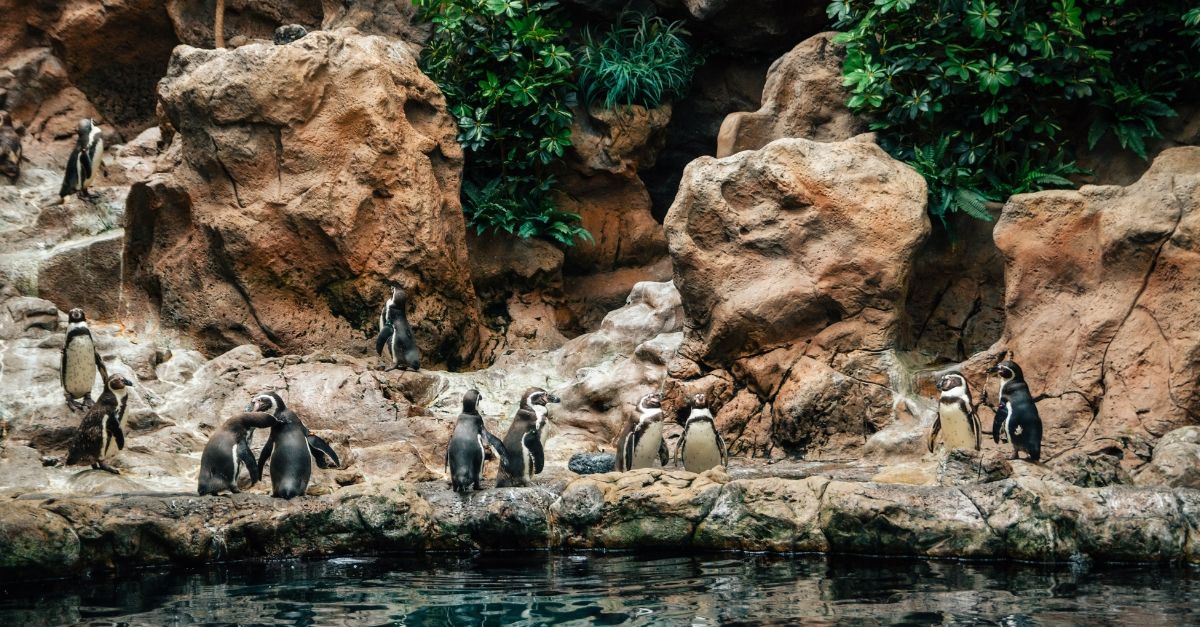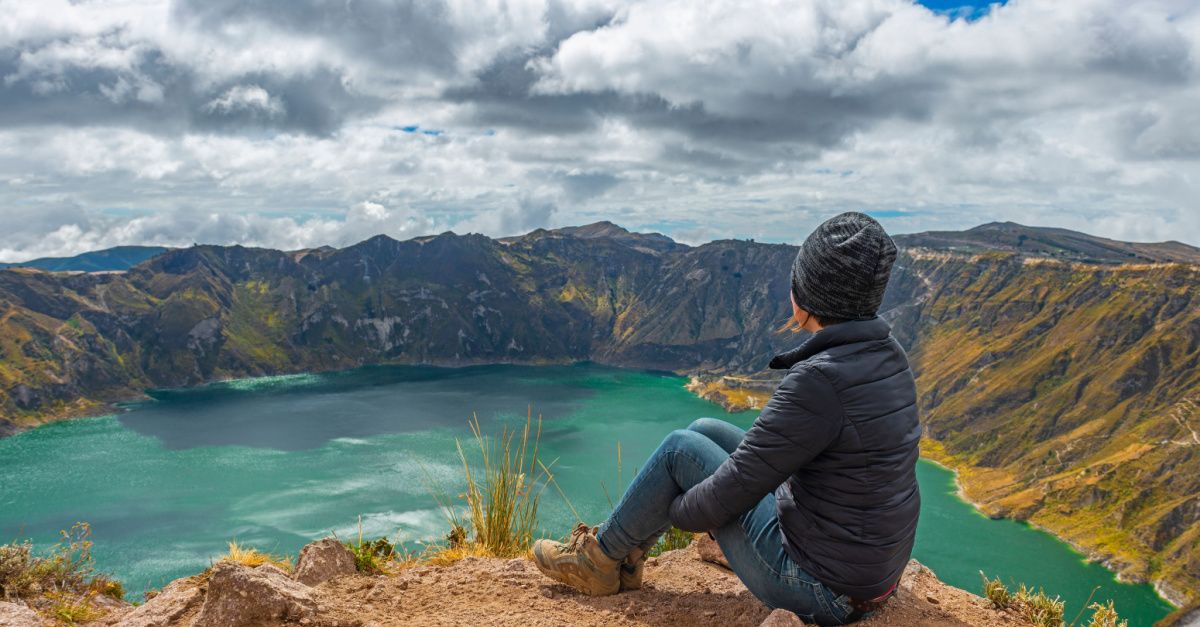About 600 miles from the coast of Ecuador, there is a paradise with landscapes that seem to come out of the most magical stories in fantasy books. The magical place as well as the creatures that live there, were discovered by accident.
In 1535, the bishop of Panama, Fray Tomás de Berlanga, was in the middle of a trip to Peru to solve a dispute between two Spanish conquerors from the Spanish Crown. After a few days at sea, a storm led them to an undiscovered place. In his letters to the king, he described disembarking in a place with sea lions, iguanas, tortoises, and birds like those in Spain, “but so silly that they didn’t know how to flee.” The bishop likely referenced the blue-footed booby, a marine bird and one of the endemic species of the Galapagos Islands.
For those who visit Galapagos, the nickname ‘Enchanted Islands’ fits perfectly due to its remarkable biodiversity. However, the term was originally used by sailors who described the islands as enchanted because they appeared and disappeared, a phenomenon caused by the sea currents which made navigation difficult at certain times of the year.
A unique place on the Pacific Coast
The Galapagos is considered a ‘melting pot’ of marine species. The geological processes that created the islands, the unique location between three ocean currents, and the isolation led to the development of very unusual species like the land iguana, giant tortoises, and many types of finches.
The interest in colonizing the islands was low. No one believed that food could be harvested on the rocky terrain. No one searched for the islands or landed there again until 1546, when a different Spanish conqueror arrived by accident. It wasn’t before 1569 that a geographist added them to a map.
The interest began rising with the arrival of the English naturalist, geologist, and biologist Charles Darwin. The second voyage of the HMS Beagle was the royal expedition that brought a young Charles to the place where he was inspired to develop his theory on evolution.
He was fascinated by some species that looked similar to each other and probably related between them, but they still had some fundamental differences that were unique to different Islands. He wondered if those species may adapt to new environments.
His observations, considered the foundation of evolutionary biology, were published years later in the book ‘On the Origin of Species’ in 1859. And his theory is now one of the universal concepts of life sciences.
By that time, the Galapagos Islands had already been annexed by Ecuador (1832), and colonization had started. The Enchanted Islands were home to English pirates, buccaneers, whalers, fur-seal traders, and even convicts.
The Galapagos today
Today, the islands are home to about 33,000 people. The need to protect the islands grew with time. In 1957 UNESCO declared the complex a Natural Heritage of Humanity as it is home to over 560 species of native plants, 17 species of mammals, 152 birds, 22 reptiles, and over 2000 invertebrates.
Unique species can be found across the 3,000 square feet of territory. For example, the marine iguanas of the Galapagos are the only reptilian species that have adapted to life underwater and can hold their breath for 20 minutes. Another iconic animal is the blue-footed booby and red-footed booby. But probably the most recognized species are the giant tortoises (Galapagos means turtle). The well-known Lonesome George was the last one of his species and became an icon of conservation. He died in 2012 and left no descendants.
Scientists and visitors often refer to the islands as a place where you can witness the planet breathing and living. The complex of 7 major islands, 26 smaller islands, 64 islets, and over 136 rock formations all originated from underwater volcanic eruptions and are still changing.
Isabela, the largest island, and Fernandina, the youngest island have existed for 1 million years, are still forming and changing shape. Española, another main island is almost 4 million years old and it has moved towards the continent the most.
Visiting the islands is truly a gift to witness. Tourists walking through the pier can see sea lions sunbathing on a bench. The efforts to protect wildlife are the main focus of the research organizations in the complex.

While many people try to get around the islands by themselves, the most efficient way to visit the most iconic places and find the wonders of the archipelago is to book a trip with an experienced tour operator.
Some of the must-see places are Tortuga Bay in Isla Santa Cruz, the Kicker Rock in San Cristobal, Sierra Negra volcano in Isabela and, of course, the Charles Darwin Station in Puerto Ayora where you can learn more about the scientific research on the Galapagos.
Ecuador Experience can take you to the Galapagos Islands
Ecuador Experience can plan a magical experience in one of the most fascinating places in the world according to your budget and travel style so you can focus on enjoying the trip and creating amazing memories to share.
Write us for more information





